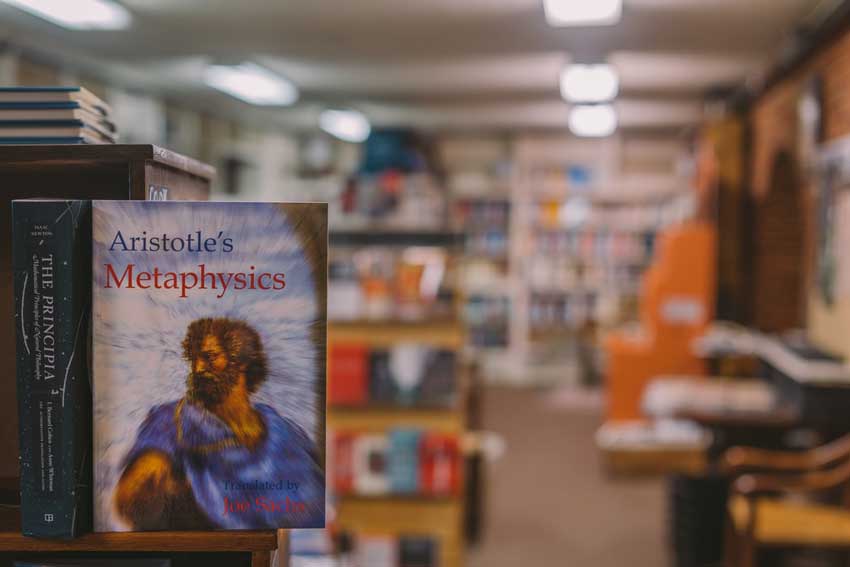
Recently, Year 12 students across New South Wales sat for the first ever Trial HSC exam in Studies in Catholic Thought. This was a significant moment as it represented the culmination of five years of collaboration between the dioceses of NSW on the development and implementation of a Religious Education curriculum for senior secondary students.
Studies in Catholic Thought engages students in the theological, philosophical, ethical and aesthetic traditions of the Catholic Church.
It draws upon a liberal arts
It draws upon a liberal arts approach to develop critical thinking and moral reasoning, and aims to deepen students’ awareness and appreciation of the depth and breadth of the Catholic Tradition. Unlike Studies of Religion, it offers students the opportunity to focus on one religion and immerse themselves within that one tradition.
well received by both teachers and students
The introduction of Studies in Catholic Thought represents a significant shift from what was previously taught. Notwithstanding this, it has been very well received by both teachers and students. Both have affirmed the robust nature of the course, the intensive study of the Catholic Tradition, and the explicit connections between faith and life. The course is viewed as stimulating and challenging.

While some people initially feared that students would lose interest in the more rigorous approach to the study of Religious Education – this has not been the case. Students have in fact acknowledged the benefits of knowing more about their faith, its historical foundations and development, and its contribution to the modern world.
contribute to the common good
Through the course, students have come to appreciate the relevance and importance of religion to their own lives. While the acquisition of knowledge, especially that of Scripture and Tradition, is central to Studies in Catholic Thought, the program also promotes a love of learning and the nurturing of students’ critical capacity to make decisions on the basis of sound reasoning.
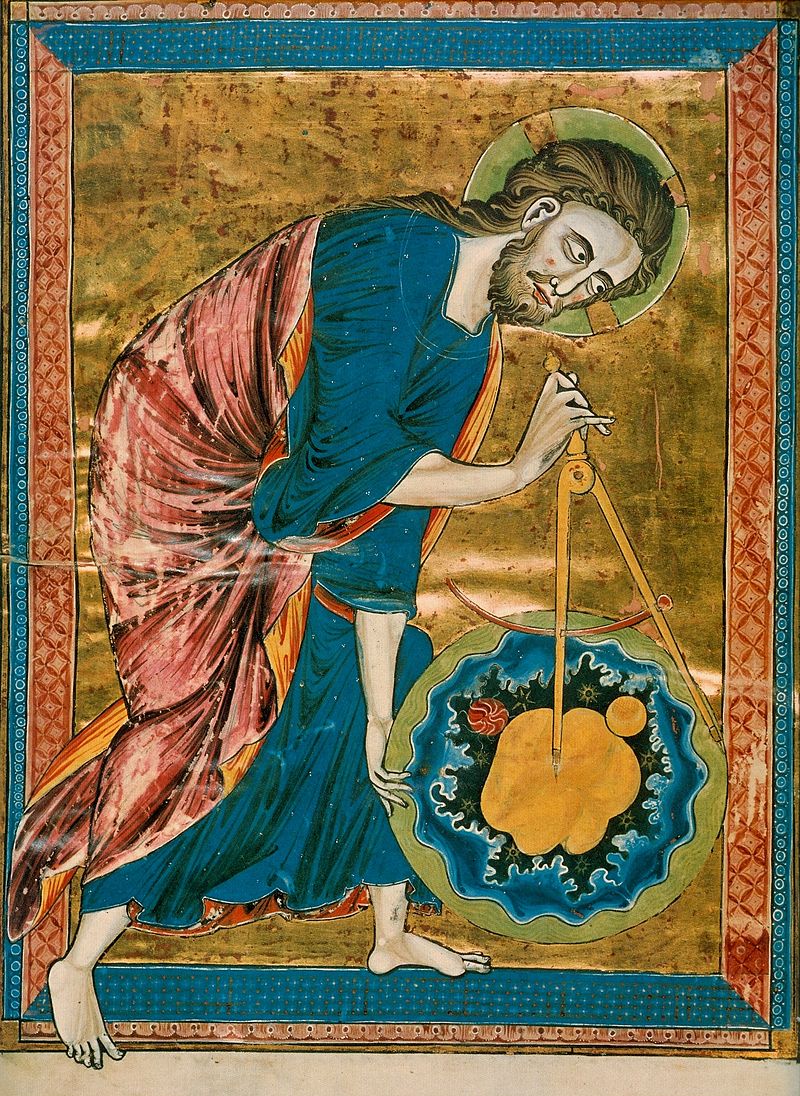
They learn how to responsibly exercise personal freedom for the betterment of self and others and how to function and contribute to society. The course is directed towards both individual and social ends. It has a core goal of nurturing within students, virtues and good habits in order to contribute to the common good.
The course recognises that if a person acquires knowledge, but not the capacity for moral reasoning, they are diminished personally. Both knowledge and moral reasoning are indispensable for the development of self, and for one to be of true service to others and society.
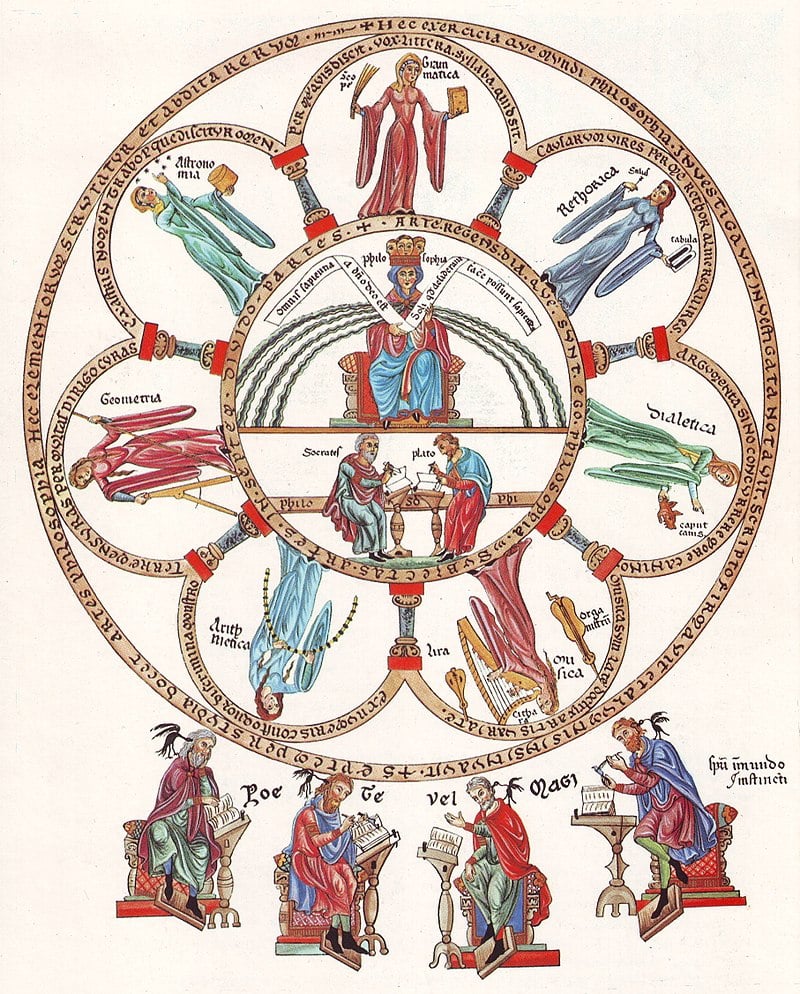
To this end, an explicit intention of the course is the nurturing of the intellectual, social, moral and spiritual capacities of each student. In saying this, the course does not assume that all students have the same interests, talents and abilities.
Rich heritage of the Church
Rather, the course is premised on the understanding that it is to be differentiated in its delivery, so as to address the diversity of student needs and to draw out their uniquely inherent talents and capacities. In adopting a liberal arts approach, Studies in Catholic Thought has as one of its principal objectives the goal of students encountering – and deepening their appreciation – of what is good, true, and beautiful, because in so doing they can encounter the divine.
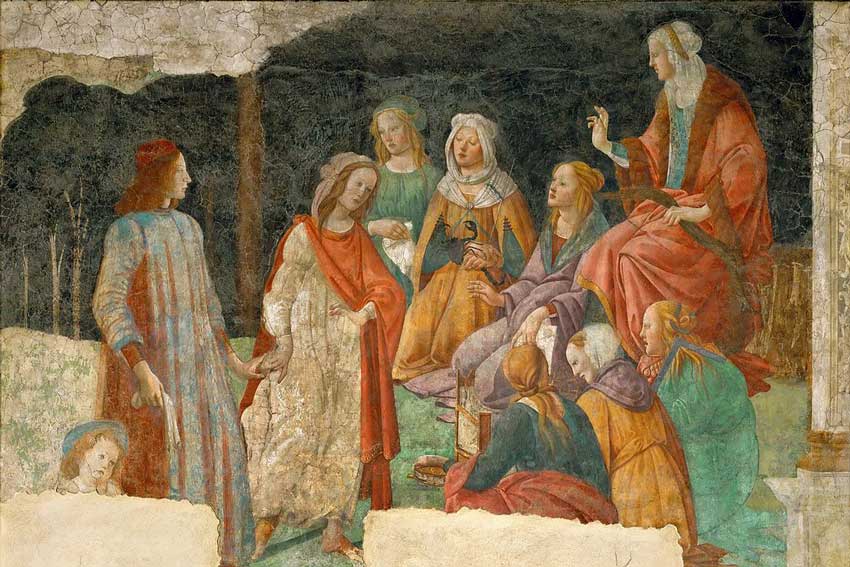
Wikimedia Commons Public Domain
Through the course, students have the opportunity to explore the remarkably rich heritage of the Church through an immersion in art, music and literature. In Evangelii Gaudium, Pope Francis wrote, “proclaiming Christ means showing that to believe in and to follow him is not only something right and true, but also something beautiful, capable of filling life with new splendor and profound joy, even in the midst of difficulties. Every expression of true beauty can thus be acknowledged as a path leading to an encounter with the Lord Jesus” (n.167).
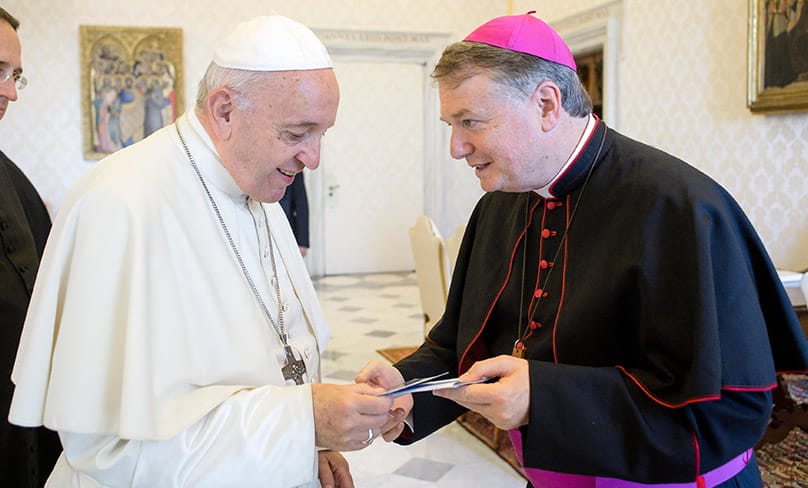
The true value of this ‘way of beauty’, has been highlighted in the recently released, Directory for Catechesis. The contemplation of beauty can stir a desire for God within the human heart, or be a moment of connection with God. This approach is not something new for the Church, because throughout her history, art, music and literature have been central to both catechesis and evangelisation.
The search for what is good, true and beautiful, and the contemplation of these things, has inspired believers in every generation.
We know too, that today’s younger generations are no different.

Anthony Cleary is Director of Mission and Identity for Sydney Catholic Schools.
Related Stories:
